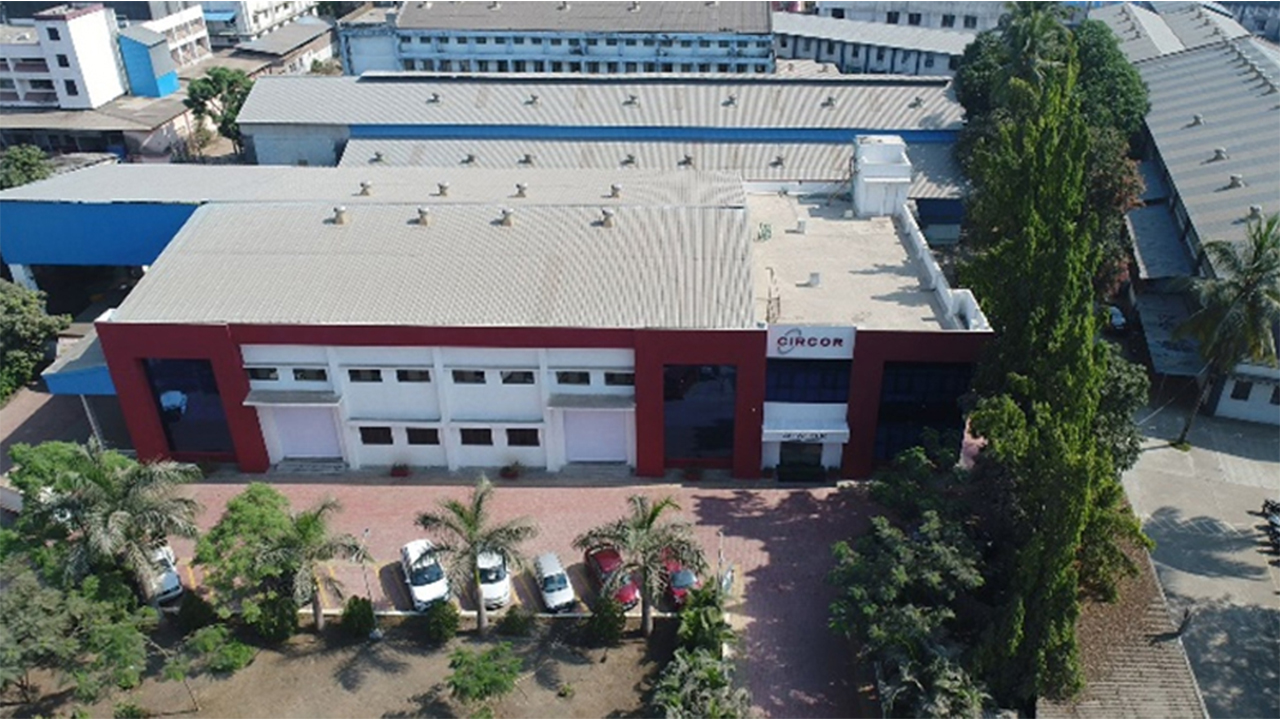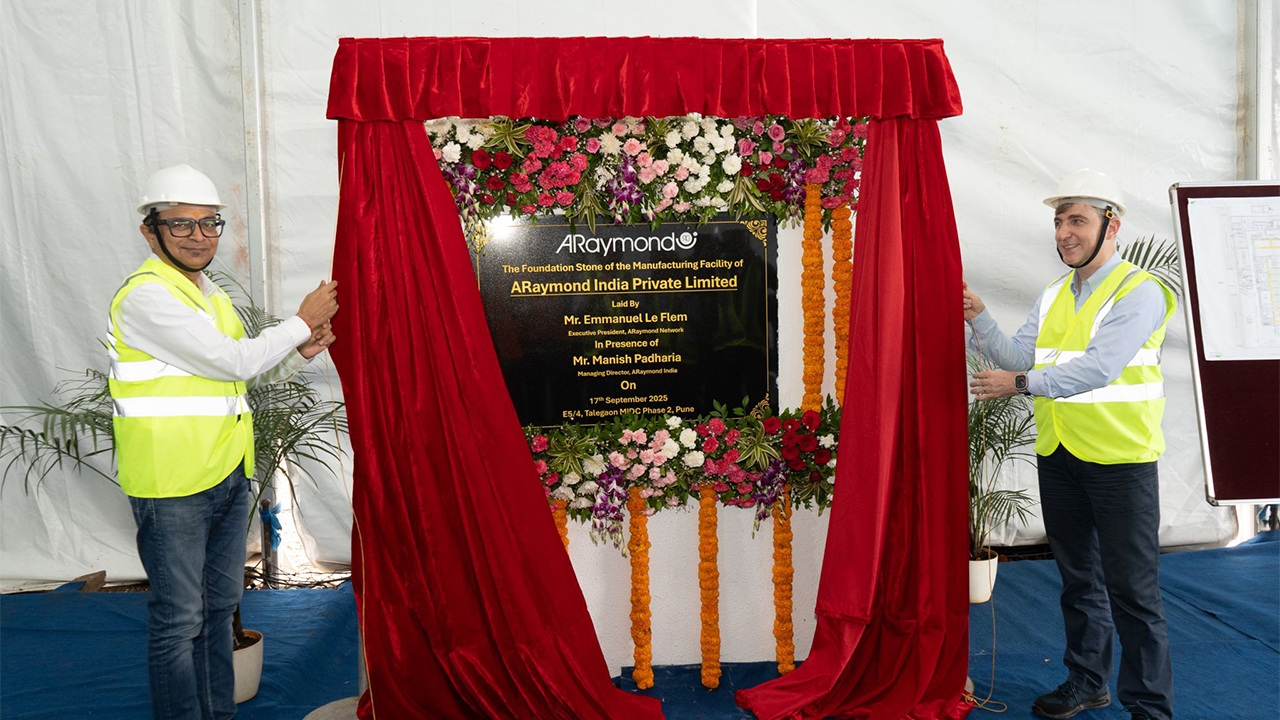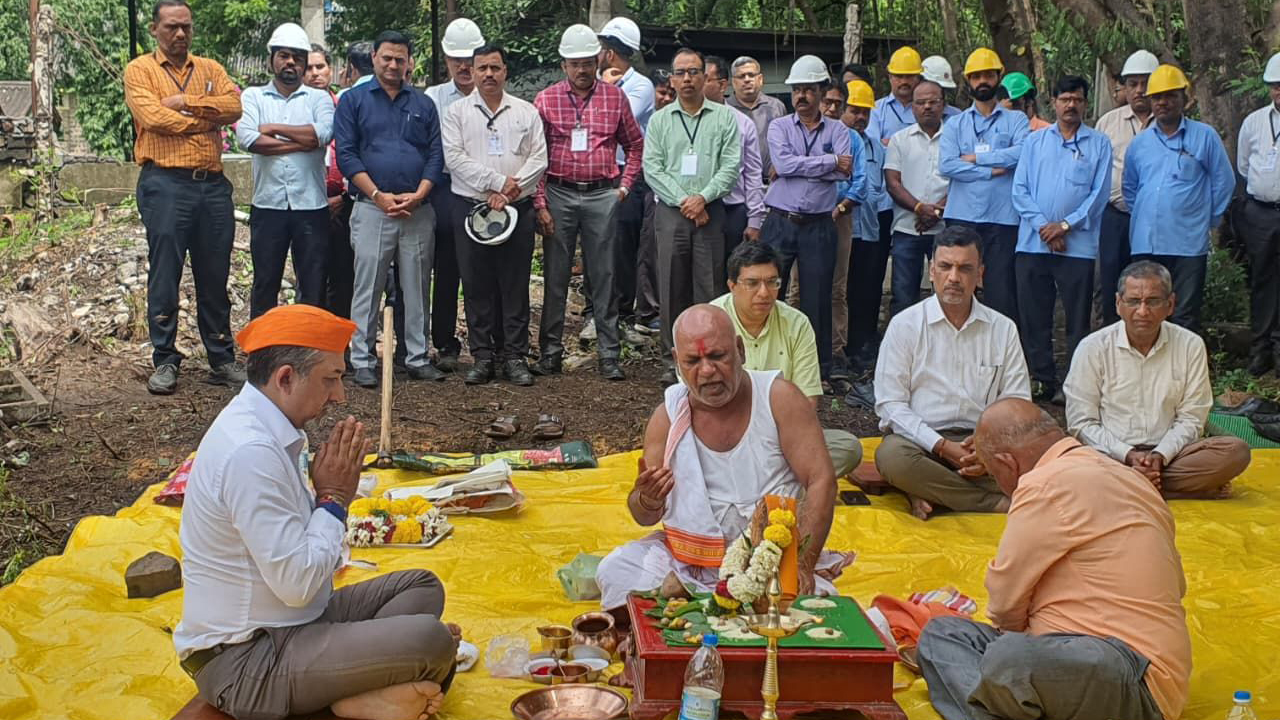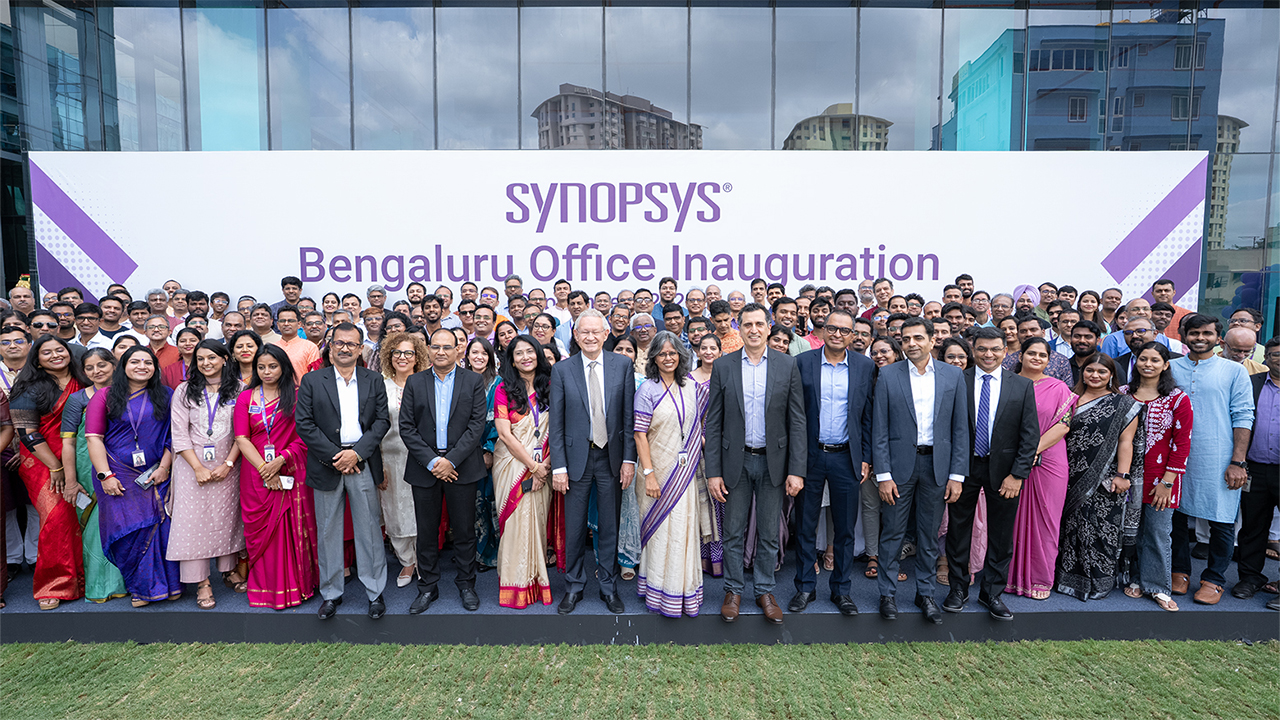Strongest Improvement in the Indian Manufacturing PMI
#PMI #IndianManufacturing #ManufacturingGrowth“The record increase in input stocks shows a better preparedness of manufacturers in managing supply chains. This should allow firms to mitigate potential disruptions, maintain a steady flow of production and demonstrate the industry’s resilience in the face of challenges.” - Pollyanna De Lima, Economics Associate Director, S&P Global Market Intelligence
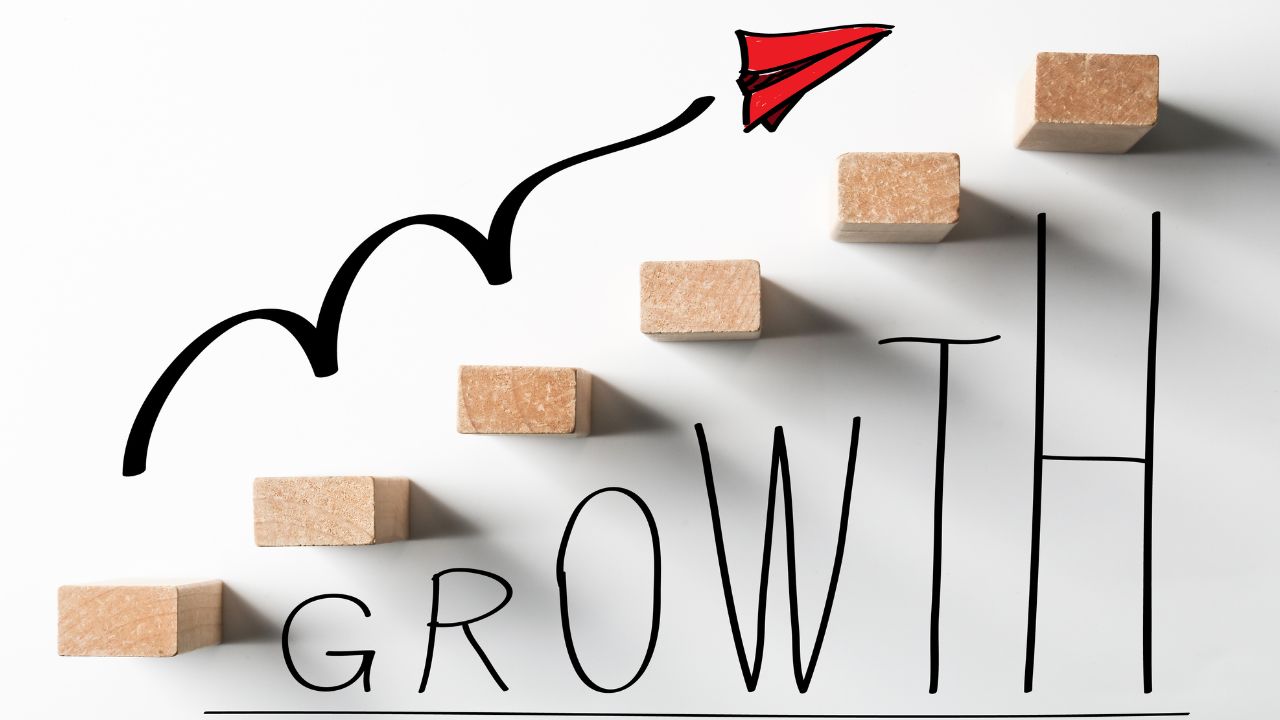
June 2023 : India’s manufacturing PMI showcased encouraging developments in May, painting a notably positive picture for the sector. Demand conditions demonstrated remarkable strength, with factory orders rising at the fastest pace since January 2021. This surge in sales paved the way for stronger increases in production, employment and quantities of purchases. With supply chain-conditions improving further, companies noted a record accumulation in input inventories.
Meanwhile, cost pressures remained historically mild, but demand strength facilitated a solid and quicker increase in output charges. The seasonally adjusted S&P Global India Manufacturing Purchasing Managers’ Index (PMI) rose from 57.2 in April to 58.7 in May, indicating the strongest improvement in the health of the sector since October 2020. Out of the five PMI sub-components, stocks of purchases showed notable vigour, increasing at an unprecedented pace in May. Monitored companies indicated that better supply-chain conditions and sustained increases in input purchasing boosted inventory growth.
May data indicated a sharp and accelerated increase in quantities of purchases, with the rate of expansion quickening to the strongest in over 12 years. According to survey members, ongoing increases in new business and efforts to replenish stocks underpinned growth of buying levels.
Not only did factory orders increase for the twenty-third month running in May, but also to the greatest extent since January 2021. Firms generally associated the upturn with advertising, demand strength and a favourable economic climate. Exports gave impetus to total new orders in May. Companies registered the quickest expansion in international sales for six months.
Pollyanna De Lima, Economics Associate Director at S&P Global Market Intelligence, said: “The PMI’s spotlight on soaring sales showcases robust demand for Indian-made products both domestically and internationally. While the upturn in domestic orders strengthens the foundations of the economy, rising external business foster international partnerships and boost India's position in the global market. Combined, they also generated more employment opportunities in May. The record increase in input stocks shows a better preparedness of manufacturers in managing supply chains. This should allow firms to mitigate potential disruptions, maintain a steady flow of production and demonstrate the industry’s resilience in the face of challenges. While improvements in supply chains and generally subdued global demand for inputs helped curb input price inflation in May, heightened demand and previously absorbed cost burdens translated into a stronger upward revision to selling charges. Demand-driven inflation is not inherently negative, but could erode purchasing power, create challenges for the economy and open the door for more interest rate hikes.”
Indian manufacturers scaled up production volumes as a result of growing new orders and favourable market conditions. The latest increase in output was sharp and the fastest in 28 months. Rising inflows of new business exerted pressure on the capacity of goods producers, as seen by another uptick in outstanding business. The rate of backlog accumulation was slight, but the quickest in seven months. In turn, capacity pressures supported job creation midway through the first fiscal quarter. Moreover, the rate of employment growth improved to a six-month high.
As has been the case since March, goods producers signalled an improvement in vendor performance during May. Average lead times on inputs shortened to the greatest extent in eight-and-a-half years. Smoother logistics aided a softer increase in input prices during May. Average cost burdens rose at a moderate rate that was well below its long-run average. In contrast to the trend for input costs, selling prices rose at a solid and quicker rate in May. The rate of inflation accelerated to a one-year high. According to panellists, sustained increases in input costs and a supportive demand environment led them to lift their charges. Elsewhere, post-production inventories fell further, amid reports of orders being fulfilled from stocks. The pace of depletion was moderate and equal to April. Business confidence towards growth prospects improved to a five-month high in May. Publicity and demand resilience were among the reasons cited for upbeat forecasts.
NEWSLETTER
TRENDING ON PRO MFG
MORE FROM THE SECTION




